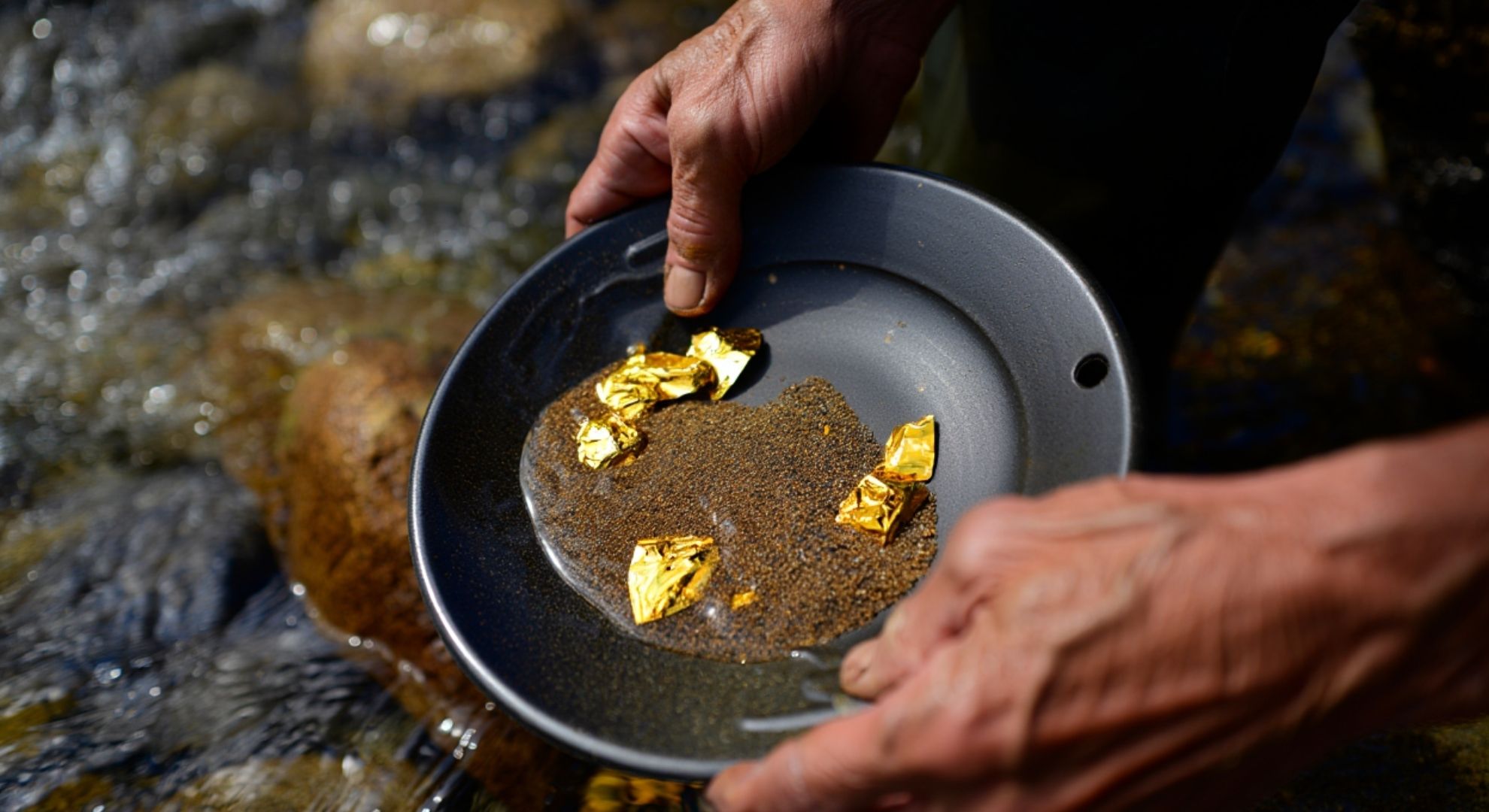The Coromandel Peninsula is today known for its golden beaches, lush forests, and holiday escapes. But beneath its tranquil beauty lies a turbulent past. More than 80 years ago, this region was the stage for a fierce battle over gold mining, a conflict that pitted communities, companies, and conservationists against one another. Now, echoes of that forgotten struggle are resurfacing.
A region built on gold
In the late 19th and early 20th centuries, the Coromandel was a hotspot for gold mining. Entire towns sprang up around shafts and tunnels, drawing prospectors from across New Zealand and beyond. For a time, fortunes were made, and the region’s economy flourished.
But by the 1930s and 40s, the easy finds were gone. What remained was harder to extract, requiring larger operations and greater disruption to the land. That’s when tensions boiled over.
The clash of interests
On one side were mining companies determined to keep operations alive. On the other, local communities and early environmental advocates worried about the destruction of forests and rivers. The battle wasn’t just about gold — it was about identity, livelihood, and the future of the land.
Newspapers of the era documented fiery town hall meetings and legal disputes. Families were divided, and some settlements declined as people either resisted mining or abandoned the region altogether.
Comparing the eras of Coromandel’s gold
| Period | Mining style | Community impact | Legacy left behind |
|---|---|---|---|
| 19th century rush | Small-scale prospectors | Boomtowns, rapid growth | Foundations of local towns |
| 1930s–40s battle | Industrial-scale mining | Social conflict, land disputes | Environmental scars, legal fights |
| Modern Coromandel | Limited, tightly regulated | Tourism-focused economy | Balance between past and present |
The table shows how Coromandel’s gold story shifted from opportunity to conflict, and now to a more delicate balance.
Why the story is resurfacing
Recent discussions about mining rights and conservation in New Zealand have reignited interest in Coromandel’s past. Locals are rediscovering documents, diaries, and photographs that shed light on how intense the struggle once was.
For many, it’s not just history — it’s a reminder that the same questions about resource use versus preservation remain unresolved today.
What was at stake
The 1930s–40s battle revealed deep concerns that feel strikingly modern:
- Environmental protection: forests were cleared, rivers polluted, and landscapes permanently altered.
- Cultural identity: Māori groups stressed the spiritual importance of the land.
- Economic survival: for miners and their families, shutting down operations meant hardship and migration.
These competing priorities created a clash that has shaped the region’s memory for generations.
Forgotten but not gone
For decades, the story of the Coromandel gold battle faded from public view, overshadowed by global events like World War II. But families who lived through it passed down oral histories, ensuring the conflict was never entirely erased.
Today, heritage groups are pushing for the recognition of these events in local museums and schools. They argue that understanding the past helps explain the present-day push for sustainable tourism and environmental protection in the region.
A lesson still relevant
The resurfacing of this forgotten battle is a reminder that economic opportunity and environmental stewardship are often in tension. The Coromandel’s story shows how deeply such conflicts can shape communities and landscapes.
“Gold may glitter, but its true cost is written on the land and in the lives of those who fought over it.”
Coromandel’s new identity
Now, instead of mining, the peninsula thrives on tourism, conservation, and its reputation as a natural paradise. Yet, the shadow of the old goldfields lingers. Abandoned shafts still dot the forests, and the stories of struggle still echo through family histories.
As debates over resources continue in New Zealand, the forgotten battle over Coromandel’s gold feels less like a relic and more like a cautionary tale that remains alive — 80 years later.
